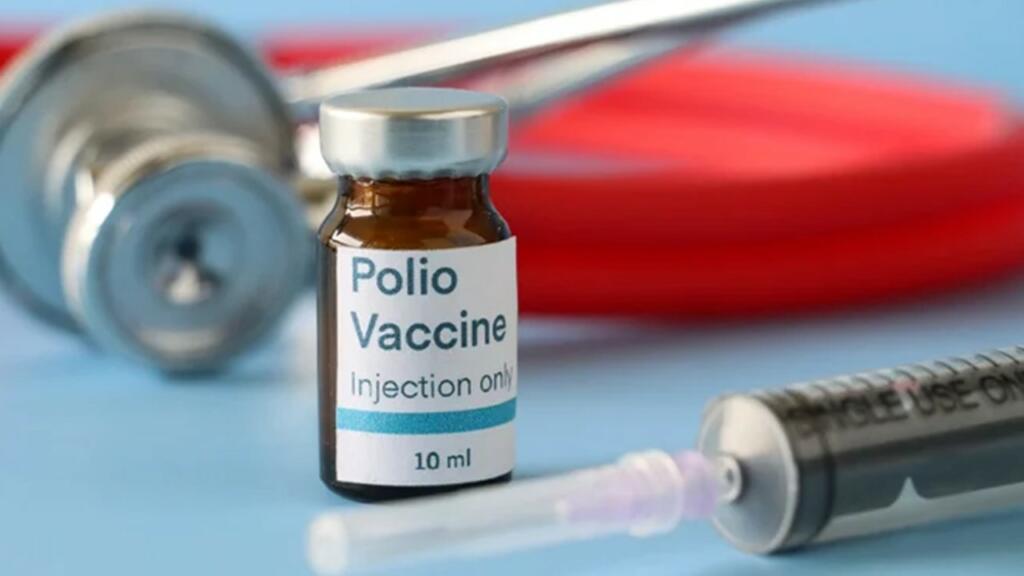- In the early 1950s, polio outbreaks caused more than 15,000 cases of paralysis each year.
- Around 1988, over 99 percent of cases were attributed to wild poliovirus.
- One in 200 infections leads to irreversible paralysis. Among those paralyzed, 5-10 percent die when their breathing muscles become immobilized.
- As long as a single child remains infected, children in all other countries are at risk of contracting poliovirus.
Polio vaccine in India: Polio, as we know, is a disabling and life-threatening disease caused by the poliovirus. It affects young children by attacking the nervous system and causing spinal and respiratory paralysis. Polio has existed since ancient times, claiming millions of innocent lives. It affects young children by attacking the nervous system and causing spinal and respiratory paralysis. Polio has existed since ancient times, claiming millions of innocent lives. As per data from the WHO, a 1916 outbreak in New York City killed over 2,000 people, and the recorded worst US outbreak in 1952 killed nearly 3,000.
By the mid-20th century, poliovirus was destroying and paralyzing millions of people yearly. With the epidemic killing more and more people, there was an urgent need for a vaccine to save millions. Finally, in the 1950s, US physician Jonas Salk invented the first successful vaccine. Soon after its successful experiment, it got licensed, which further dropped the number of cases from 58,000 to 5,600 by 1957.
Also read: The US should follow India’s strategy in eradicating polio
Polio vaccine in India
The invention of the polio vaccine saved millions of children from losing their lives. However, India, which holds a huge population, was still miles away from Polio vaccine access. It was around 1972 that India could start its vaccination against polio with the Expanded Programme on Immunization (EPI). By 1999, the oral poliovirus vaccine (OPV) was being administered to every child, covering almost 60 percent of the infant population.
In 1995, with the Global Polio Eradication Initiative of the World Health Organization, India launched the Pulse Polio immunization program with the Universal Immunization Program, which aimed at 100 percent coverage. Pulse Polio Immunization aimed to reach every child, even in remote communities, through an improved socio-mobilization plan.
Slowly and gradually, the vaccine drive restrained the poliovirus cases in the country, saving millions of lives. In 2014, WHO declared India a polio-free country since no cases of the disease had been recorded for five years. Amidst this relief of no polio cases, the question arises: why did it take so long for the polio vaccine to reach India?
Also read: India gets a standing ovation for its vaccine policy at Davos
Reasons for the delay
Firstly, the government had insufficient money to make polio vaccines accessible to people. It was because, during those times, industries were not developed to support the cause, and the government wanted industries to progress for a better-developed country. Moreover, it was the same time when hunger was spreading its roots, leaving hundreds of thousands on empty stomachs. Thus, the government was more concerned with fulfilling the basic necessity of food.
Secondly, India was not much developed during that time, and thus our dependency on foreign products increased. Therefore, we were required to import more goods, and that was not even feasible. As medicines need proper storage space and temperature, India lacked in that too. The country didn’t have proper storage capacity or suitable temperatures for the particular drug.
Thirdly, it was required to make the vaccines accessible in remote areas as well. But India lacked proper roads and transportation systems. Thus, it was difficult to reach rural households and save people.
Fourthly, during those times, people were not educated enough and thus lacked basic information about vaccines. Misconceptions were taking the rounds, generating an irreversible fear of vaccines among the population. People had the same myths about the corona vaccine: that it caused infertility or death. All these were just misconceptions and a result of a lack of awareness.
Support TFI:
Support us to strengthen the ‘Right’ ideology of cultural nationalism by purchasing the best quality garments from TFI-STORE.COM
